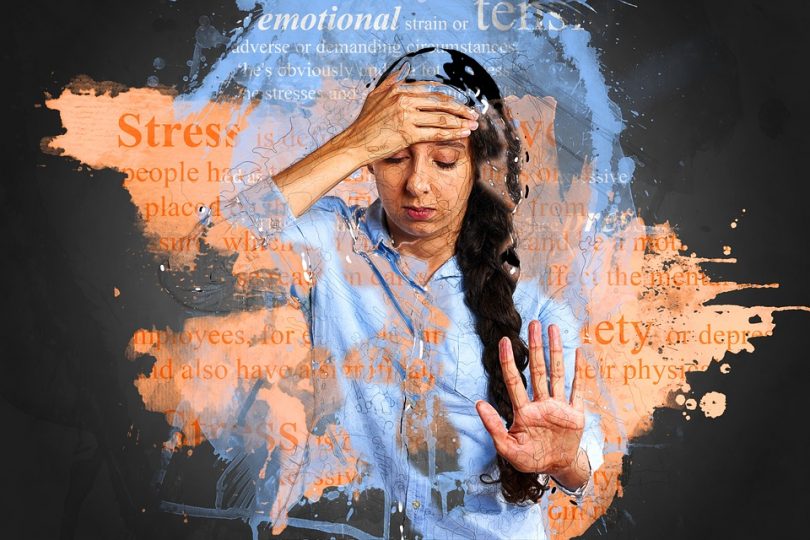Find out why young women in the UK aged between 16 to 24 years are feeling lonelier than young men.
In April 2018, The Office for National Statistics (ONS) released a study showing the reported frequency of loneliness in adults. It was based on a research conducted to determine what characteristics and circumstances were associated with feeling lonely. It was found that girls aged between 16 to 24 years were the most likely to feel lonely.
At a time where women’s rights is an often debated topic and gender differences are so frequently discussed, the study’s result can only add to the polemic. Gender inequality not only comes in the shape of salary difference, but also in other society norms and lack of mental health awareness.
Prevalence of loneliness
Young women seem to be part of a population that suffers most from loneliness in the UK. Many reasons could be to blame, but some appeared more than others to be particularly responsible for this distressing result. In order to measure the prevalence of loneliness, a questionnaire containing multiple influencing factors, such as the employment status, general health, long term illness or disability, house tenure and more was given to participants.
Participants indicated to what extent each factors were affecting them according to three categories: “Hardly ever or never”, “Some of the time or occasionally” and “Often or always”. The feeling of loneliness was the first influencing factor to be questioned and the first to demonstrate an important division between both genders. Moreover, 10 per cent of women aged between 16 to 24 years were “often or always” feeling lonely as opposed to men at 9 per cent in the same category. These results mean that girls are on an average 0.13 per cent more often or always feeling lonelier than boys.
Two factors stood out from the others in the study: the prevalence of anxiety and the caring responsibilities. The study also showed people who answer “yes” to having caring responsibilities, were 16 per cent more likely to feel “often or always” lonely. While those who confirmed having a high level anxiety were 19 per cent likely to feel “often or always” lonely. Although those particular factors did not hold the highest percentage of people feeling the most “often or always” lonely, they were the factors holding the biggest difference between genders in other studies.
Pronounced gender differences
Indeed, another study by the ONS showed that women provide on average more adult care time for members of other households than males provide. In 2015, women who took care of a household member spent on average 1.9 hours per day doing it as opposed to men who spend 1.6 hours.
In 2014, the House Of Commons published a study on mental health in England. It showed that girls had more common mental disorder (CMD) symptoms than boys. The difference between gender was particularly pronounced in the 16 to 24 age group showing that nearly 29 per cent of girls reported a CMD symptom in the last week as opposed to 10 per cent of boys.








